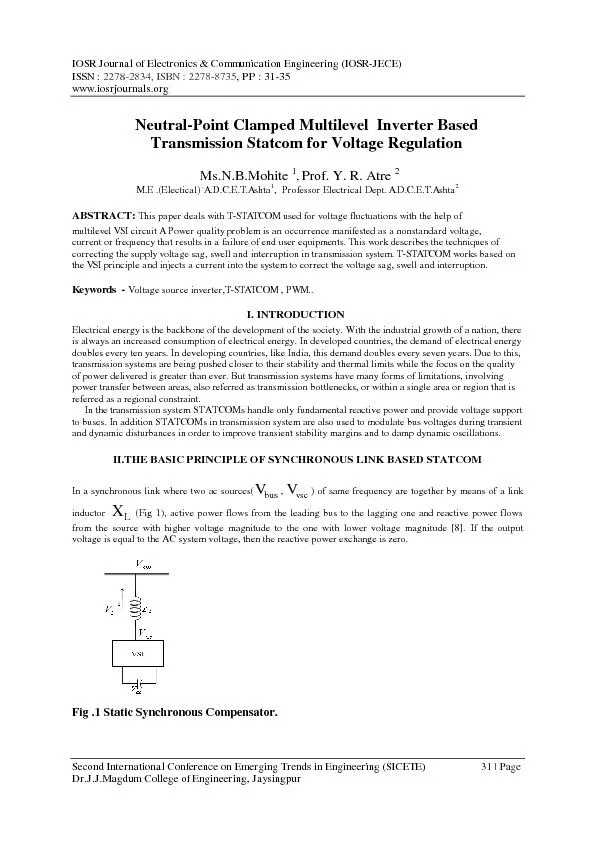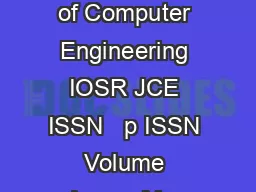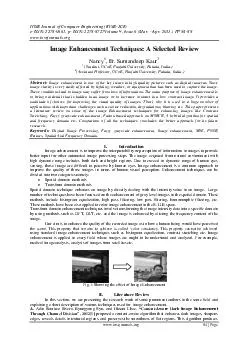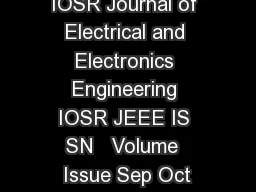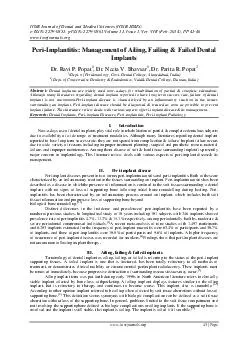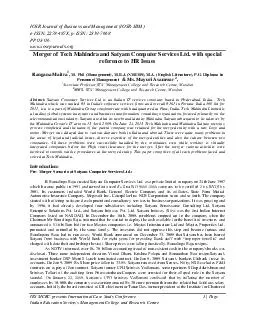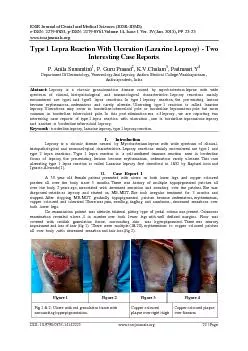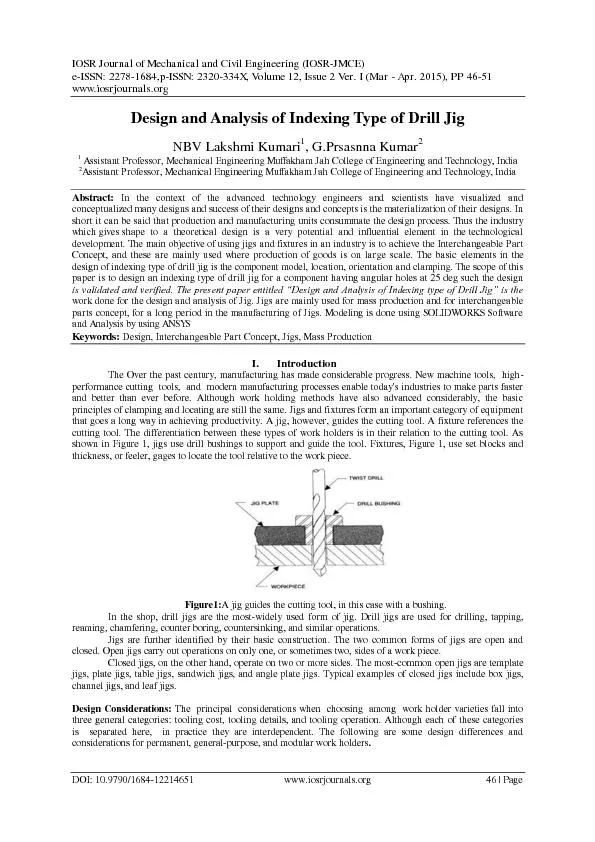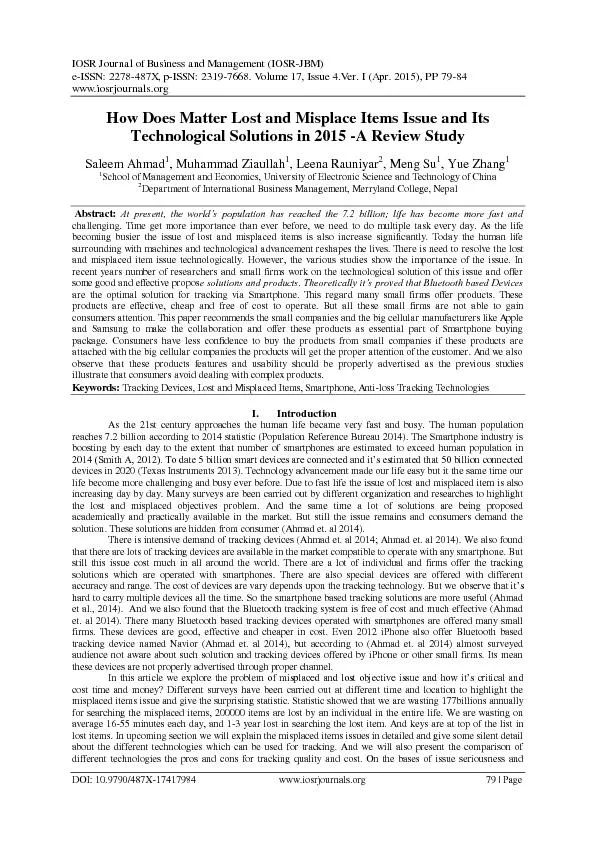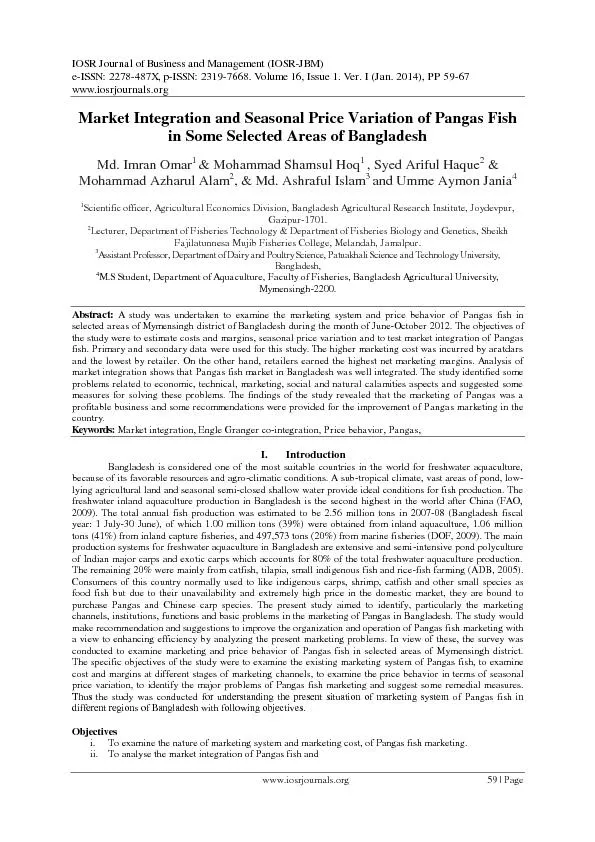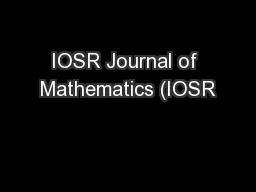PDF-IOSR Journal of
Author : lois-ondreau | Published Date : 2016-05-20
Electronics Communication Engineering IOSR JEC E ISSN 2278 2834 ISBN 2278 87 35 PP 31 35 wwwiosrjournalsorg Second International Conference on Emer ging
Presentation Embed Code
Download Presentation
Download Presentation The PPT/PDF document "IOSR Journal of" is the property of its rightful owner. Permission is granted to download and print the materials on this website for personal, non-commercial use only, and to display it on your personal computer provided you do not modify the materials and that you retain all copyright notices contained in the materials. By downloading content from our website, you accept the terms of this agreement.
IOSR Journal of: Transcript
Download Rules Of Document
"IOSR Journal of"The content belongs to its owner. You may download and print it for personal use, without modification, and keep all copyright notices. By downloading, you agree to these terms.
Related Documents

